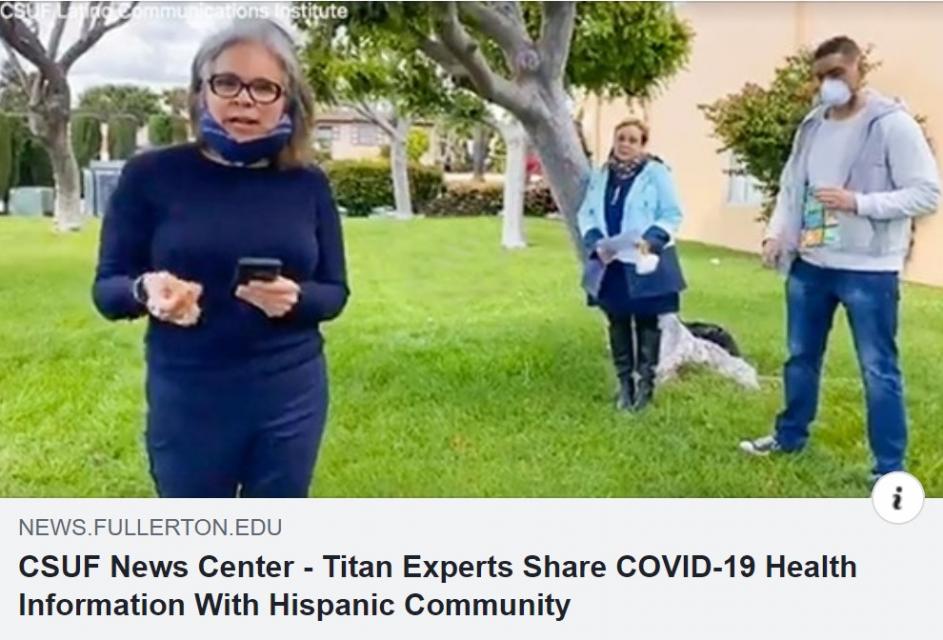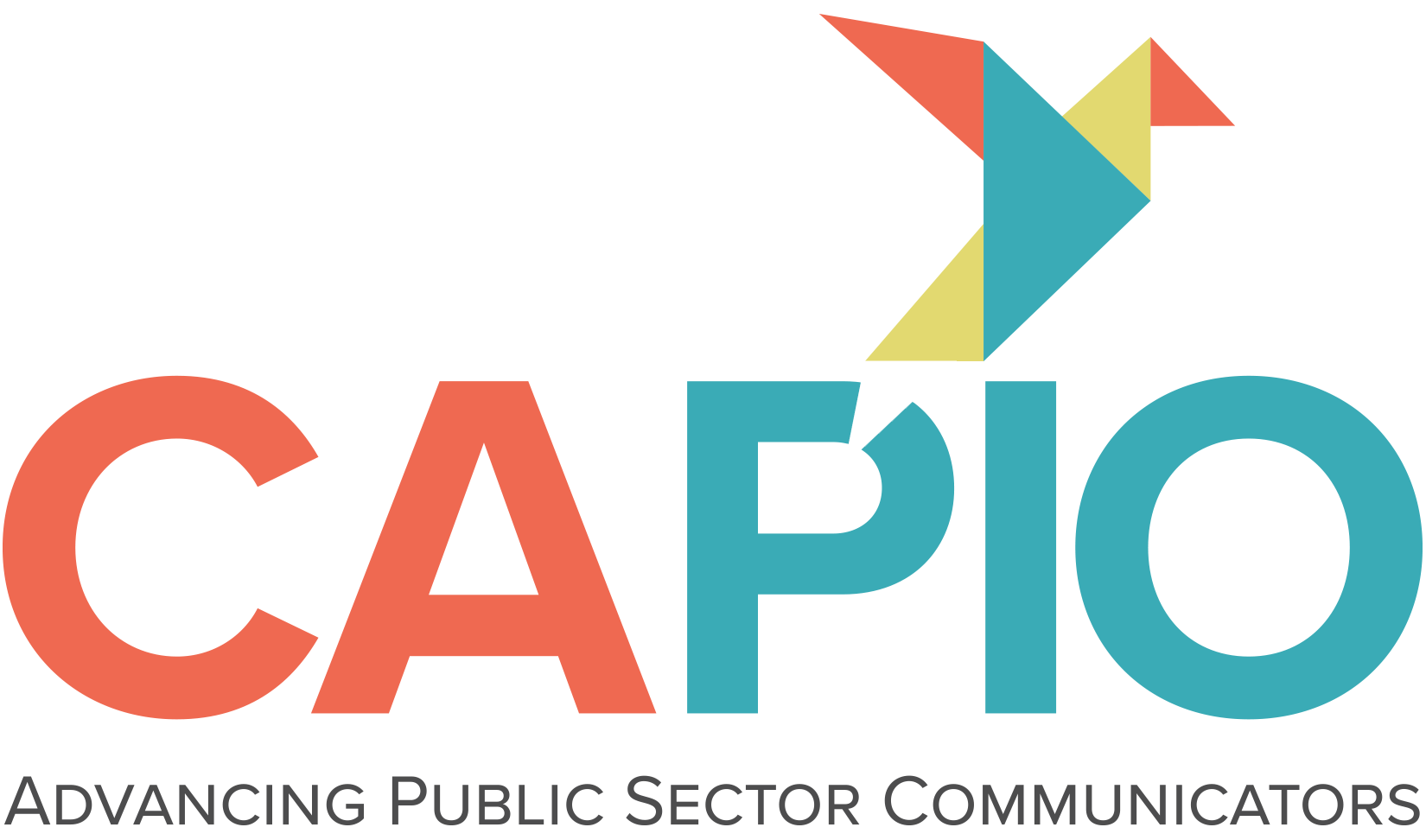Inclusive communications: How to help keep your audiences informed
Internal and external audiences have come to expect diversity and inclusion programs, campaigns and initiatives from public agencies. While closely related to diversity, inclusion is a separate concept. It involves creating and promoting belonging in environments where all individuals have equal access to resources and opportunities where differences are championed and valued.
When it comes to informing and educating the public, your communications must be relevant to the incredible diversity of our dynamic communities. As public communications officials, we also must understand the needs and interests of our target audiences.
As a public-sector communications professional, you are tasked with gathering, preparing, coordinating, and disseminating information to all audiences. Informing the public during any crisis is an ongoing cycle. The unprecedented coronavirus (COVID-19) pandemic and the statewide stay-at-home order changed the scope of regular outreach activities and other outreach opportunities, making ongoing communication with your stakeholders and most vulnerable communities even more essential.
But, in the absence of a statewide system for disseminating information about COVID-19 in different languages, how do you help keep communities informed and included?
Reach the community where they are. Instead of the usual in-person activities, the Diversity Outreach Team at the Orange County Transportation Authority (OCTA) adapted quickly to the new realities and identified ways to provide critically important information during the COVID-19 crisis. This consisted of utilizing different technologies, social media and local ethnic media.
Identify any barriers that prevent your target audiences
from receiving your information.
With the quality and availability of COVID-19 materials varying
widely from county to county, the team developed a bilingual
infographic in Orange County’s top languages – English, Spanish
and Vietnamese – that was distributed to community partners and
several other organizations serving diverse communities around
Orange County.
The infographic included safety messages about how OCTA is responding to the pandemic with enhanced cleaning measures and bus-service reductions along with health and safety guidelines on stopping the spread of COVID-19.
Collaborate with trusted community
partners.
The Diversity Outreach staff participated in a Facebook Live
discussion in partnership with Northgate Markets, the first
market in the nation to offer special senior shopping hours – and
the Latino Communications Institute at Cal State University
Fullerton.
The online event offered COVID-19 information in Spanish for many
vulnerable community members. The area manager of Northgate
Markets, where many OC bus riders purchase passes, provided
information about the importance of the bus system to its
customers and employees who rely on transit to get to their
essential jobs or go to essential places. OCTA communicated
information about OC Bus and updates and the steps OCTA has taken
during this pandemic. 
Inclusive communication (like inclusion) is intentional and an ongoing commitment. It requires authenticity, empathy and actively listening to all the voices in the community to ensure they feel understood. Most importantly, it requires you to know your communities – and know them well. Ensuring that your communications and outreach are inclusive will strengthen your connection with communities and help create trusting, long-lasting relationships.

